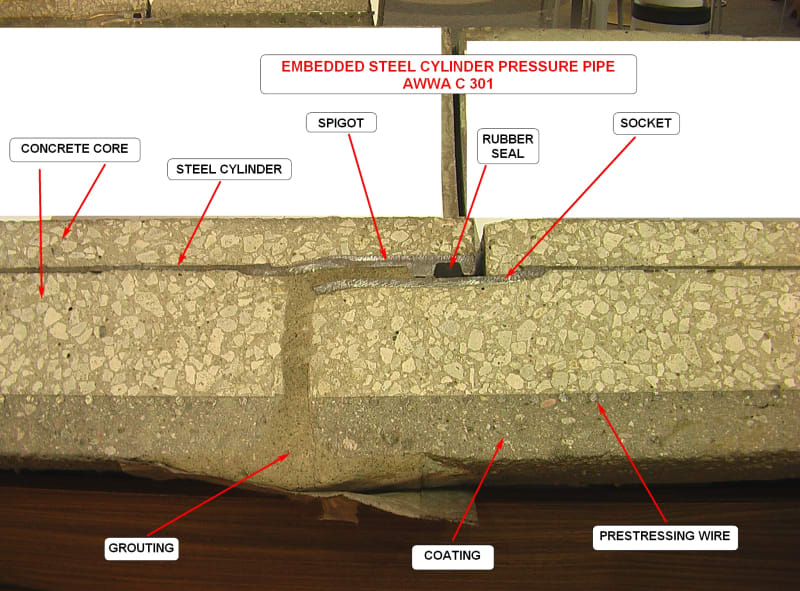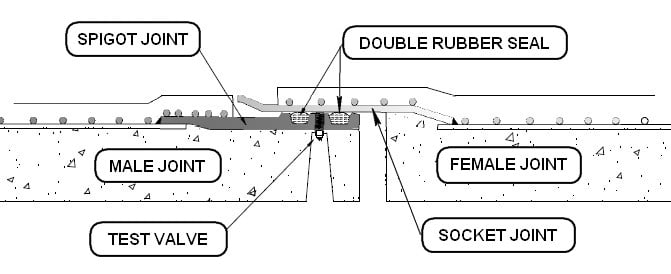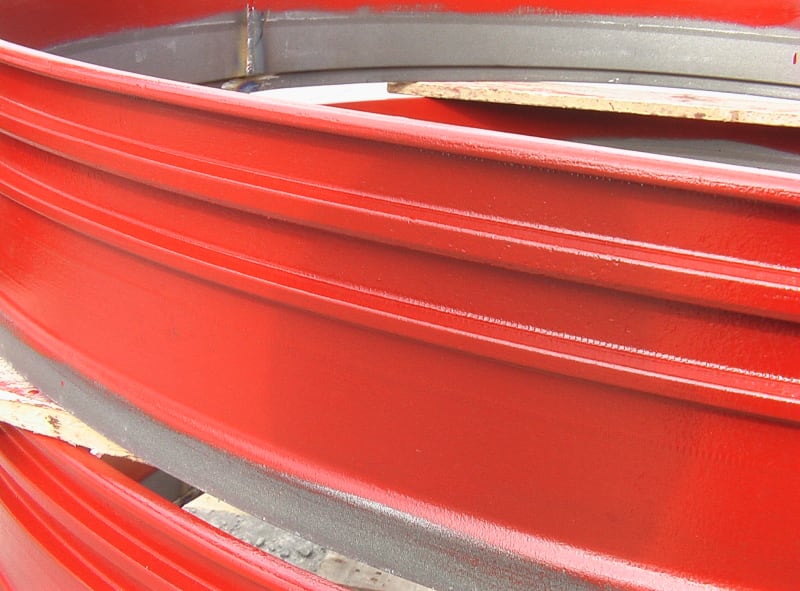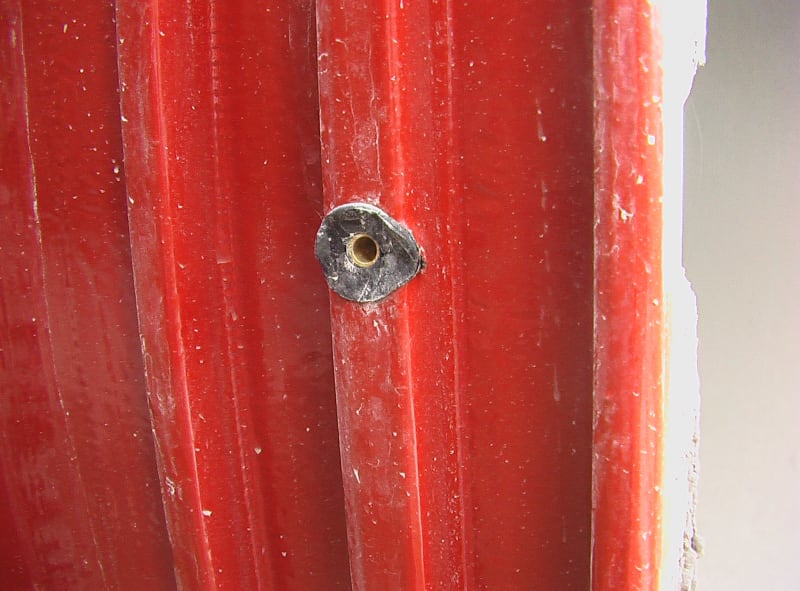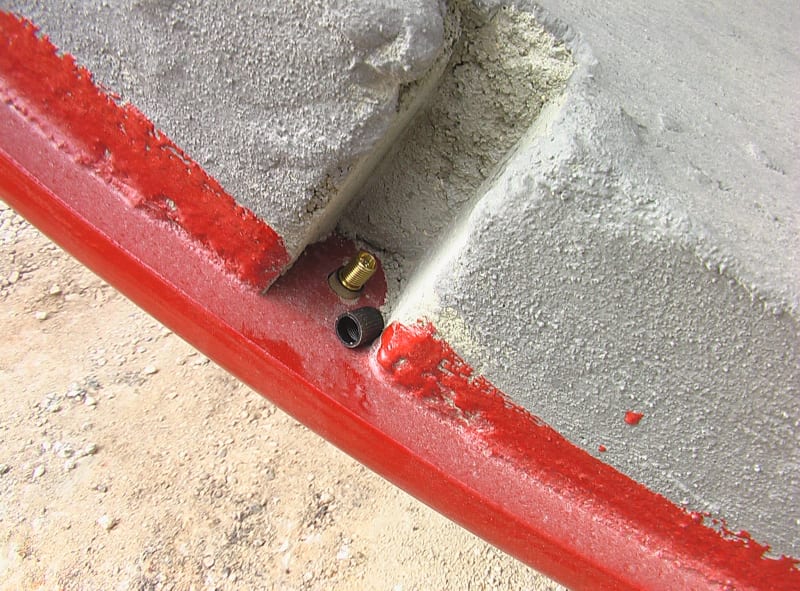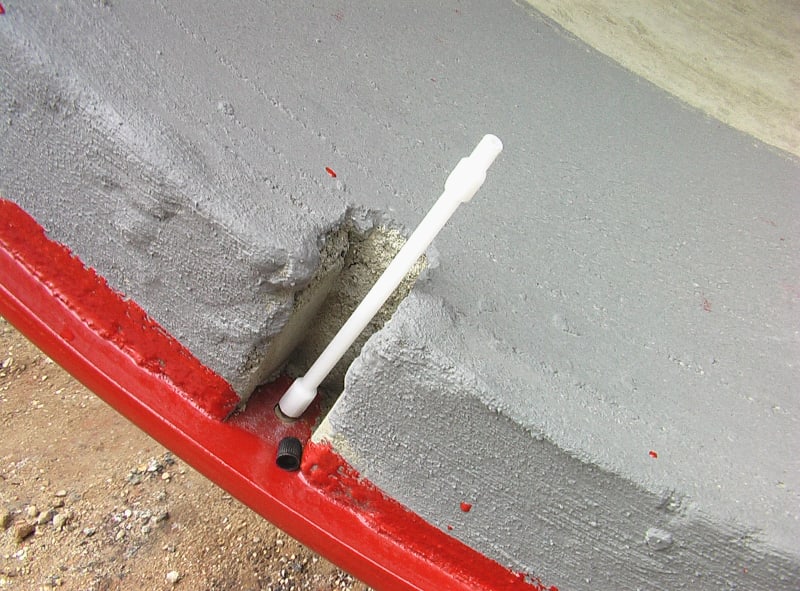castbasalt
Mechanical
- Jun 16, 2007
- 2
Four pipe lines of 4.000 m diameter and about 400 m long each is being installed for conveying sea water from NDCT to Condenser and back in a generating station. 12.0 m pipe lengths are field welded, encased in 250 mm thick RCC and buried underground. The contract requires hydro-static test at 1.5 times the working pressure. NDE requirement is 10% RT for butt joints and 100% RT for T-joints. Now the contractor requests for exemption from hydrotest and proposes 100% UT for all butt welds and 100% RT for T-joints. He agrees for the final service leak test also.
My question to the members is this:
Keeping the contractual obligations aside, Can we consider contractor's request from purely design / engineering point of view? If the proposal is agreeable on design and engineering aspect, the owner is ready to amend the contractual requirement.
Kindly offer your comments. Thanks in advance.
My question to the members is this:
Keeping the contractual obligations aside, Can we consider contractor's request from purely design / engineering point of view? If the proposal is agreeable on design and engineering aspect, the owner is ready to amend the contractual requirement.
Kindly offer your comments. Thanks in advance.

